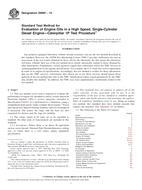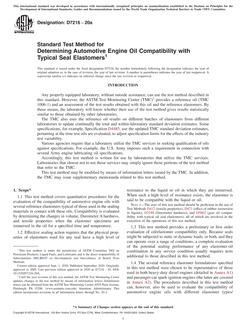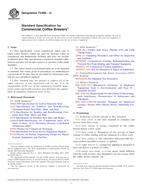1.1 This practice covers the development of a curve relating stage (elevation) to discharge. Standard test methods have been documented for measuring discharge and for measuring stage (see Practice D3858, and Test Methods D5129, D5130, D5243, D5388, and D5413). This practice takes the discharge and stage determined by each respective test method and shows a relation between them using a curved line. This curved line is called a stage-discharge relation or rating curve.
1.2 The procedures described in this practice are used commonly by those responsible for investigations of streamflow, for example, the U.S. Geological Survey, Army Corps of Engineers, Bureau of Reclamation, and U.S Agriculture Research Service. For the most part, these procedures are adapted from reports of the U.S. Geological Survey. 2,3
1.3 The procedures described in this practice apply only to simple freely flowing open-channel flow. Ratings for complex hydraulic conditions of extremely low slope channels using multiple-stage inputs, channels affected by man-induced regulation, or tidal conditions are not described. These types of ratings are described in detail in Refs (2) and (3).
1.4 This practice uses the results of current-meter discharge measurements or indirect discharge measurements and the corresponding measured stage to define as much of the stage-discharge relation curve as possible. A theoretical curve is developed for the full range of stage and discharge to shape the curve.
1.5 The values stated in inch-pound units are to be regarded as the standard. The values given in parentheses are for information only.
1.6 This standard does not purport to address all of the safety concerns, if any, associated with its use. It is the responsibility of the user of this standard to establish appropriate safety and health practices and determine the applicability of regulatory limitations prior to use.
Product Details
- Published:
- 07/10/1998
- Number of Pages:
- 4
- File Size:
- 1 file , 210 KB


